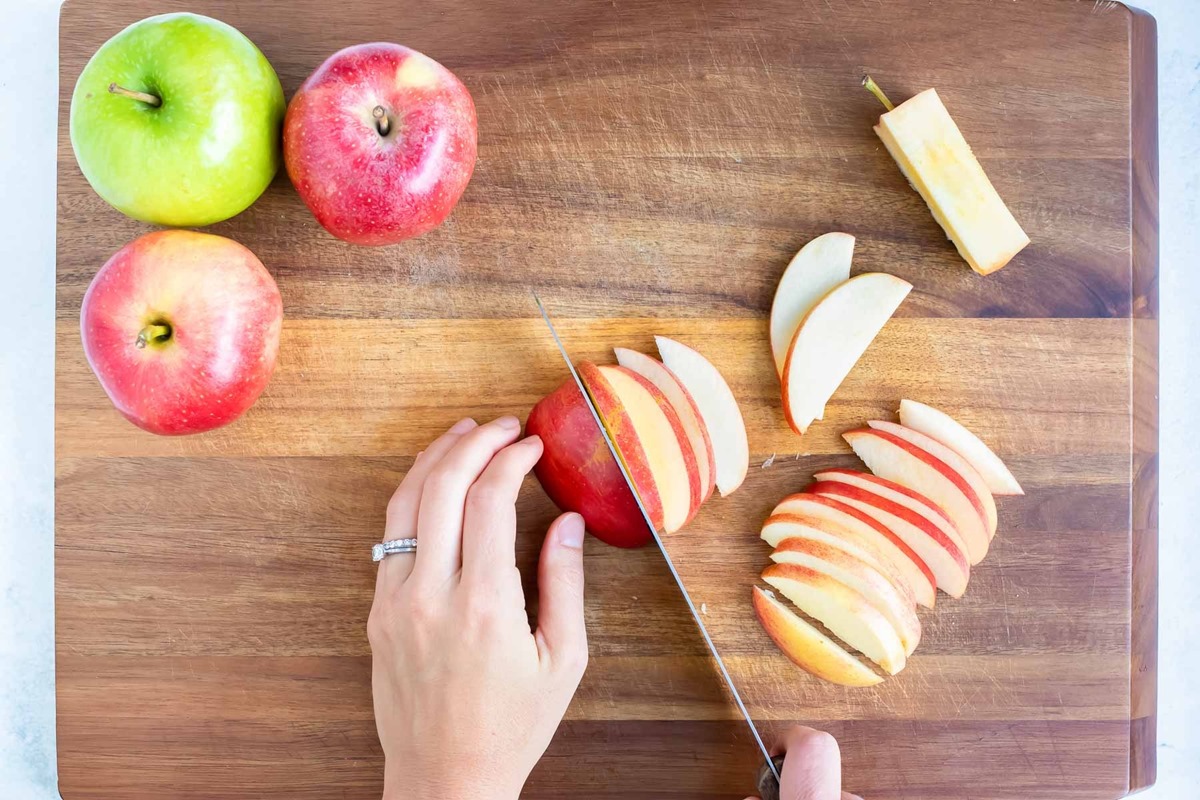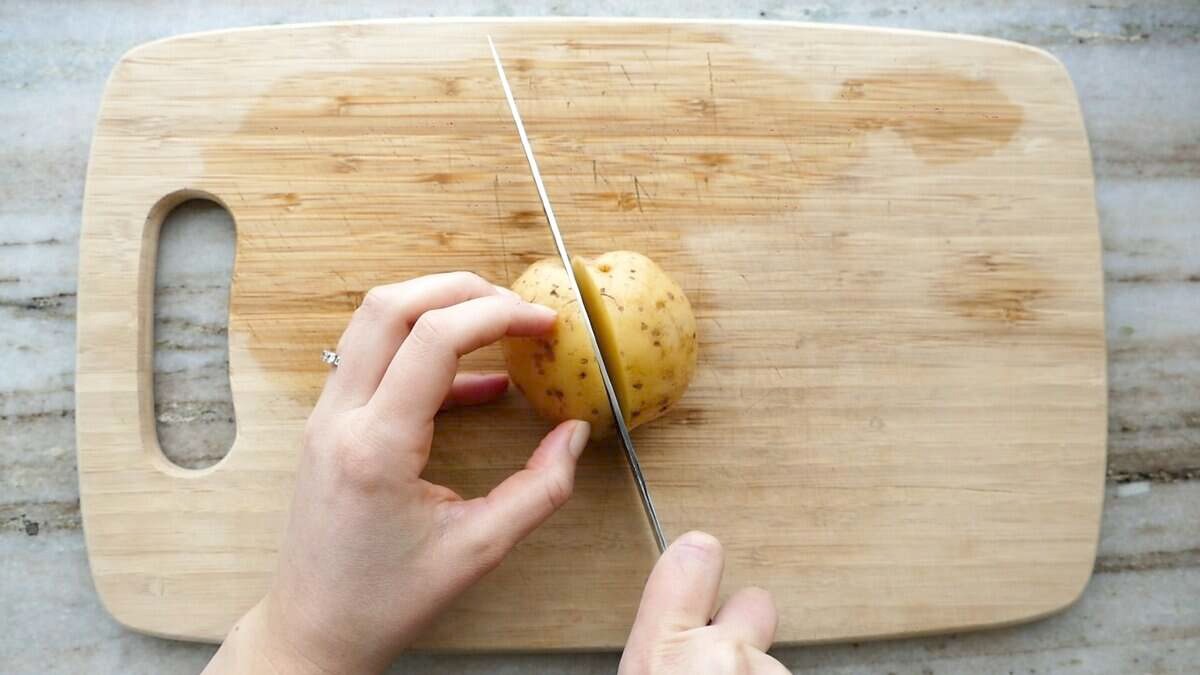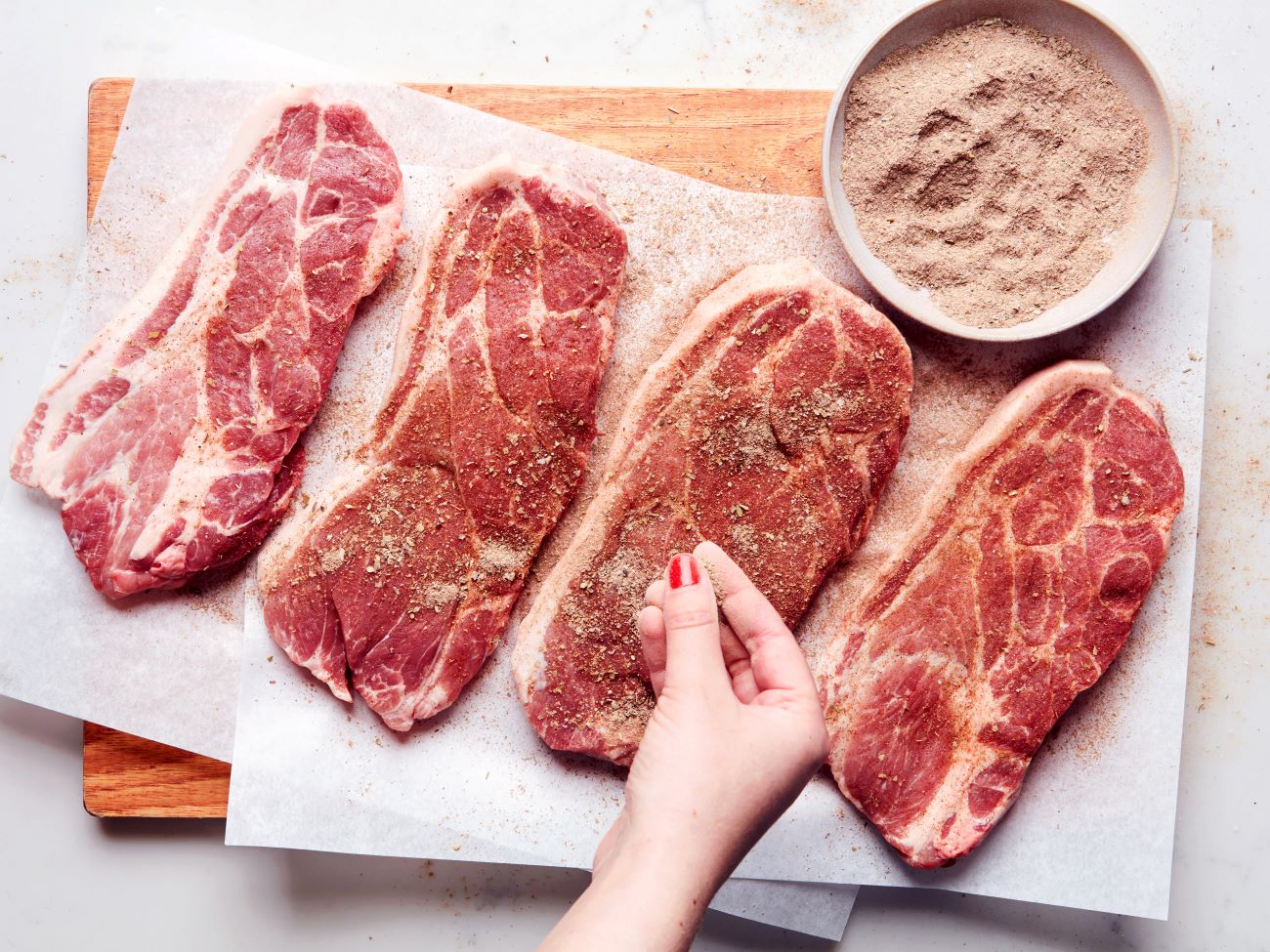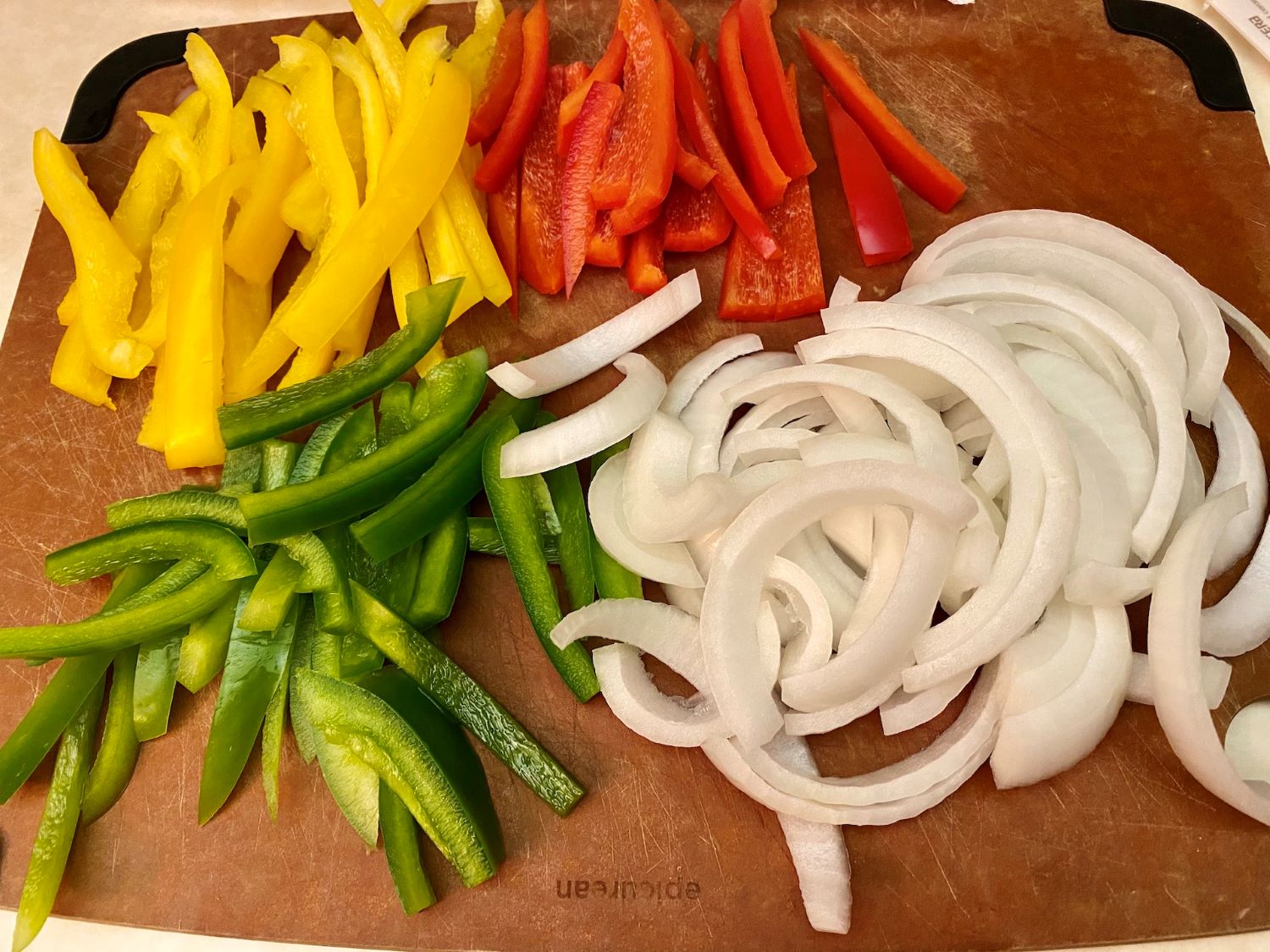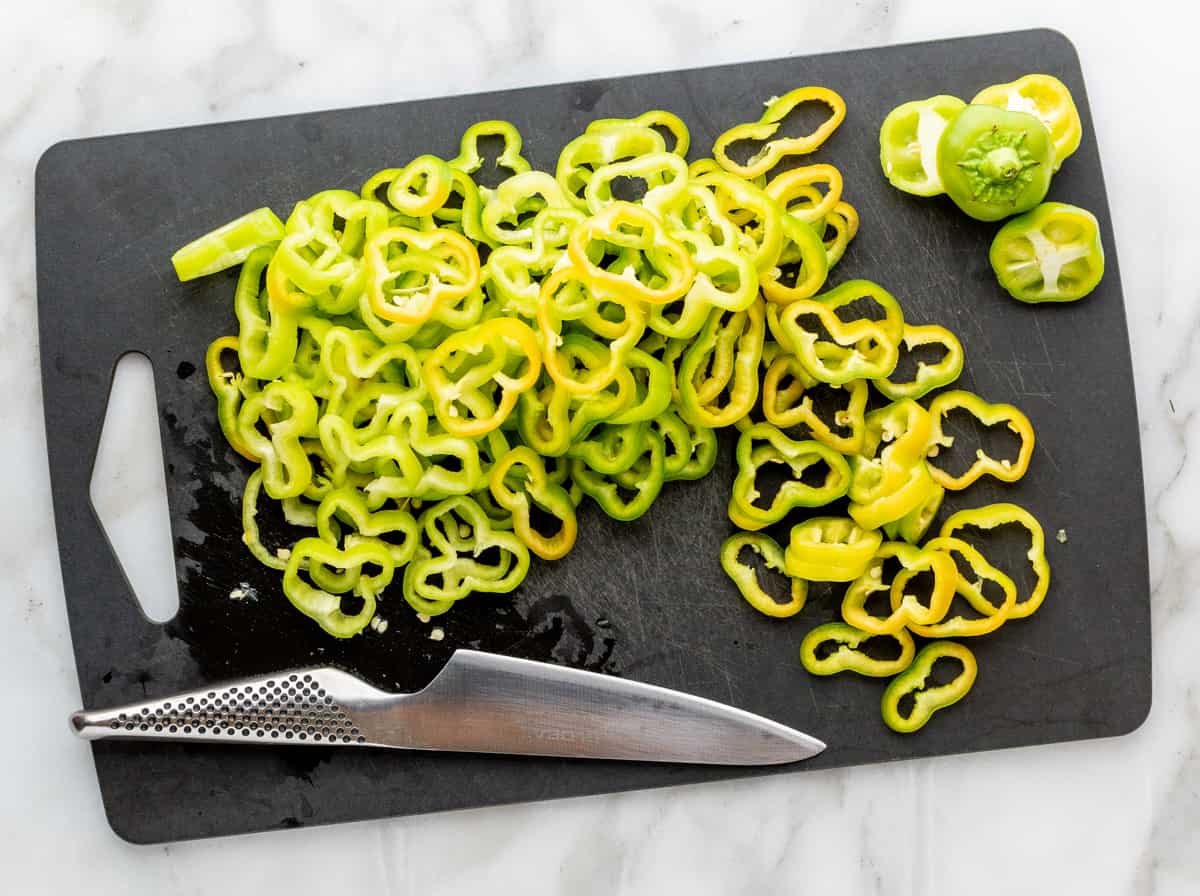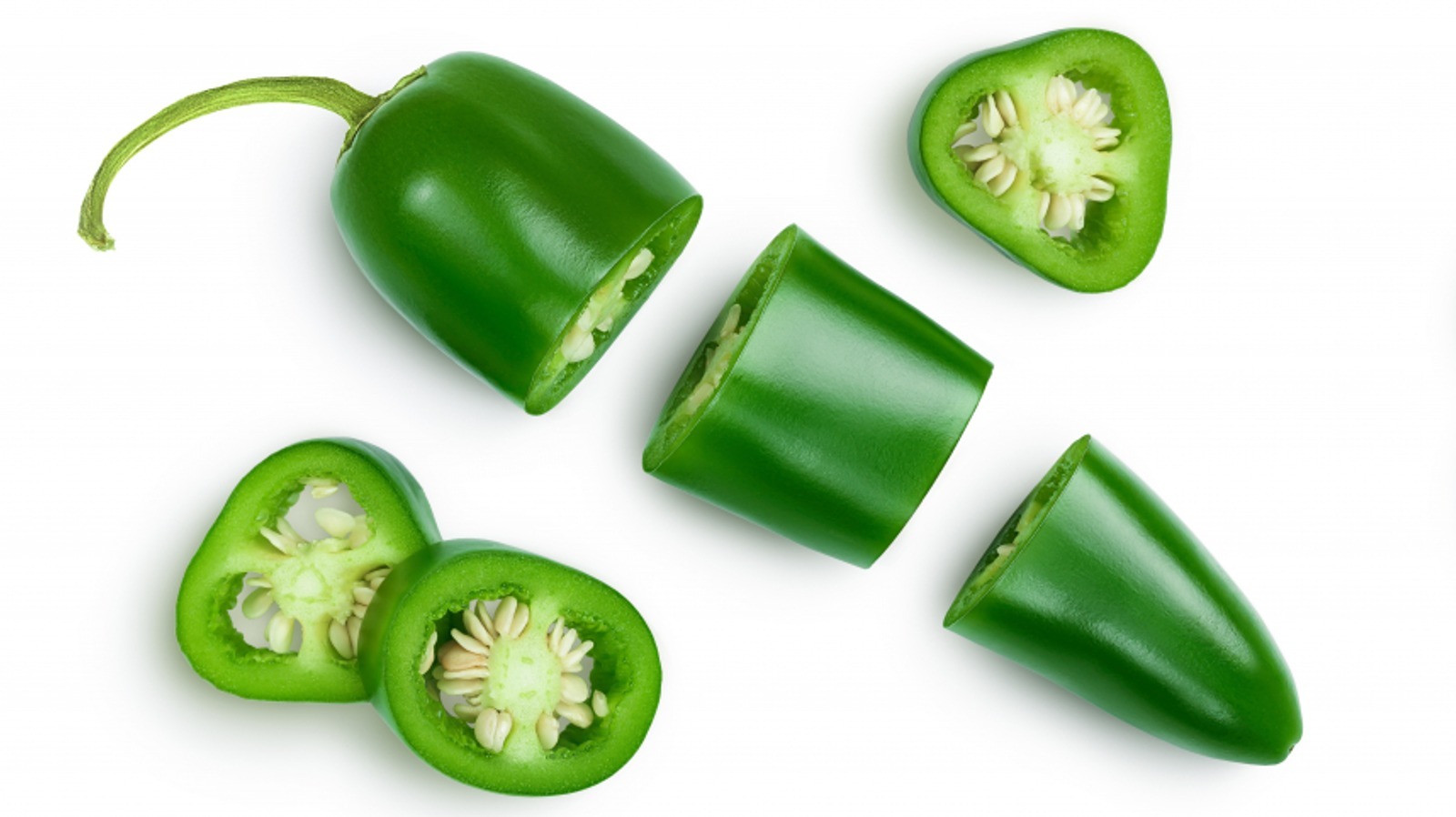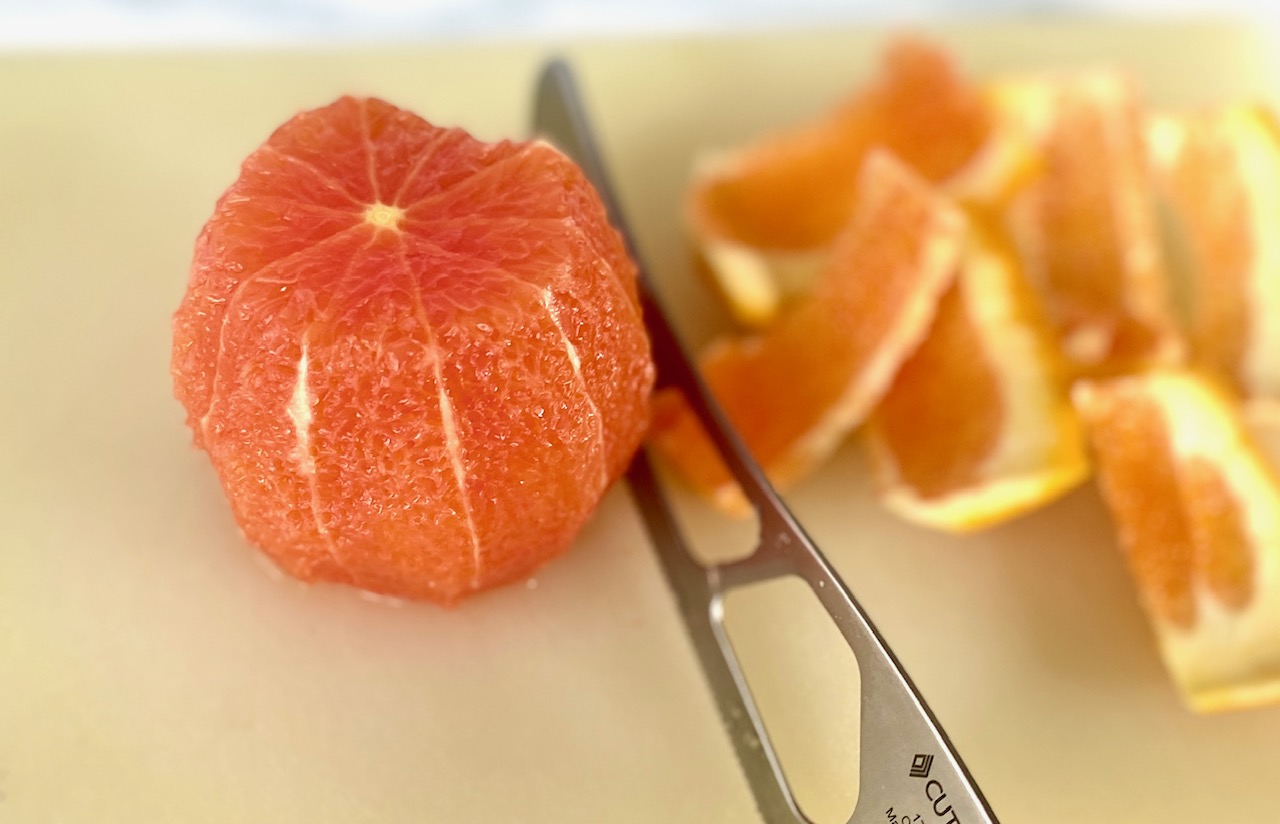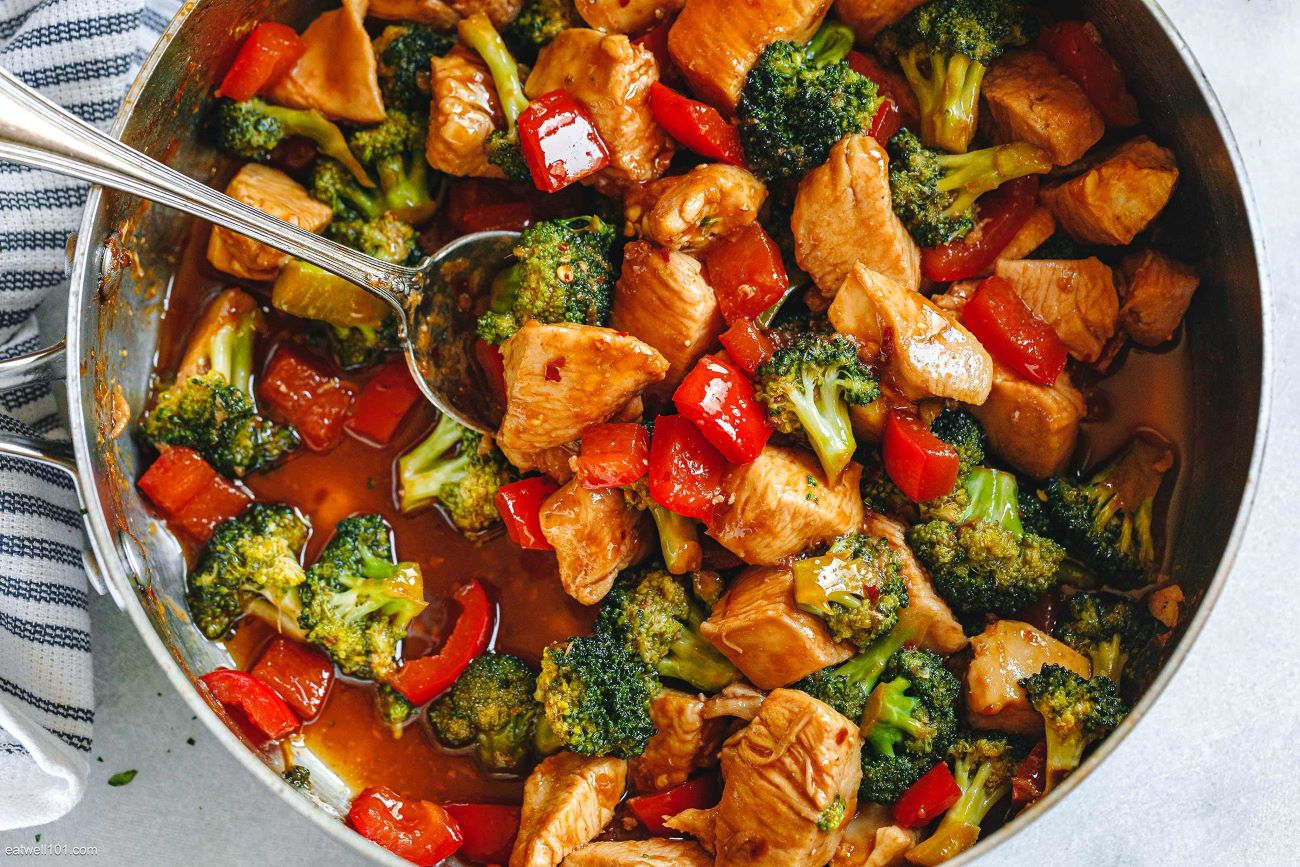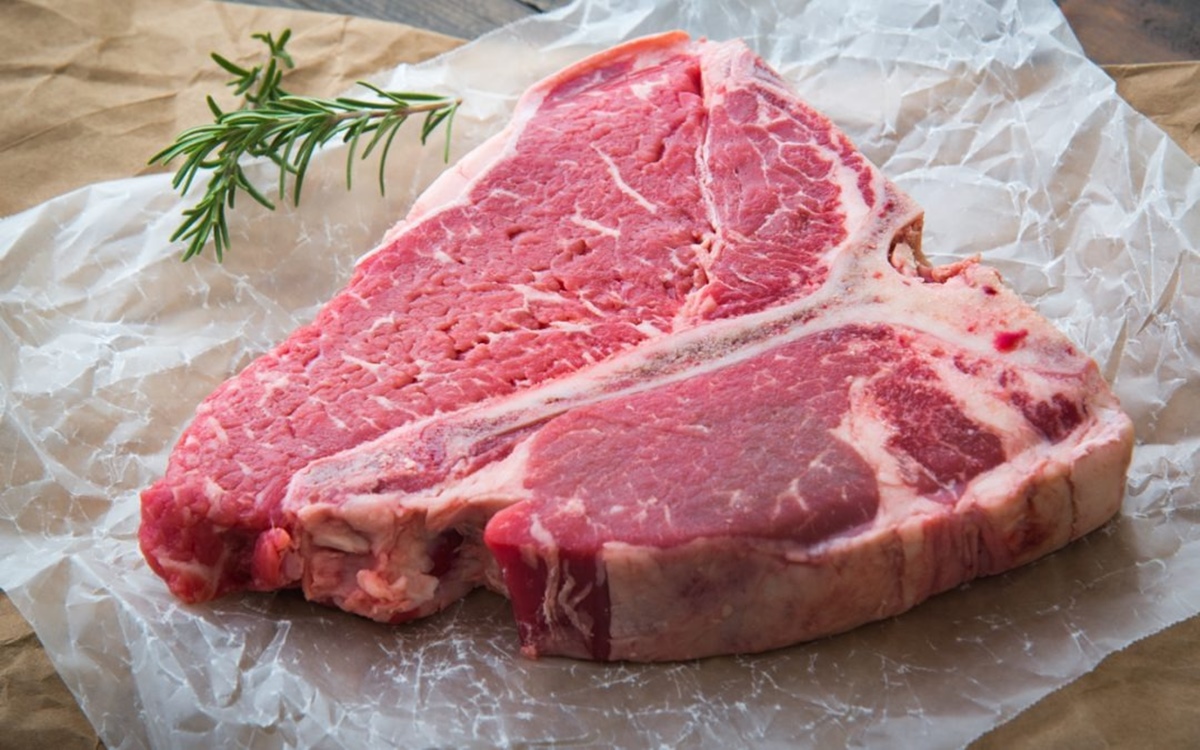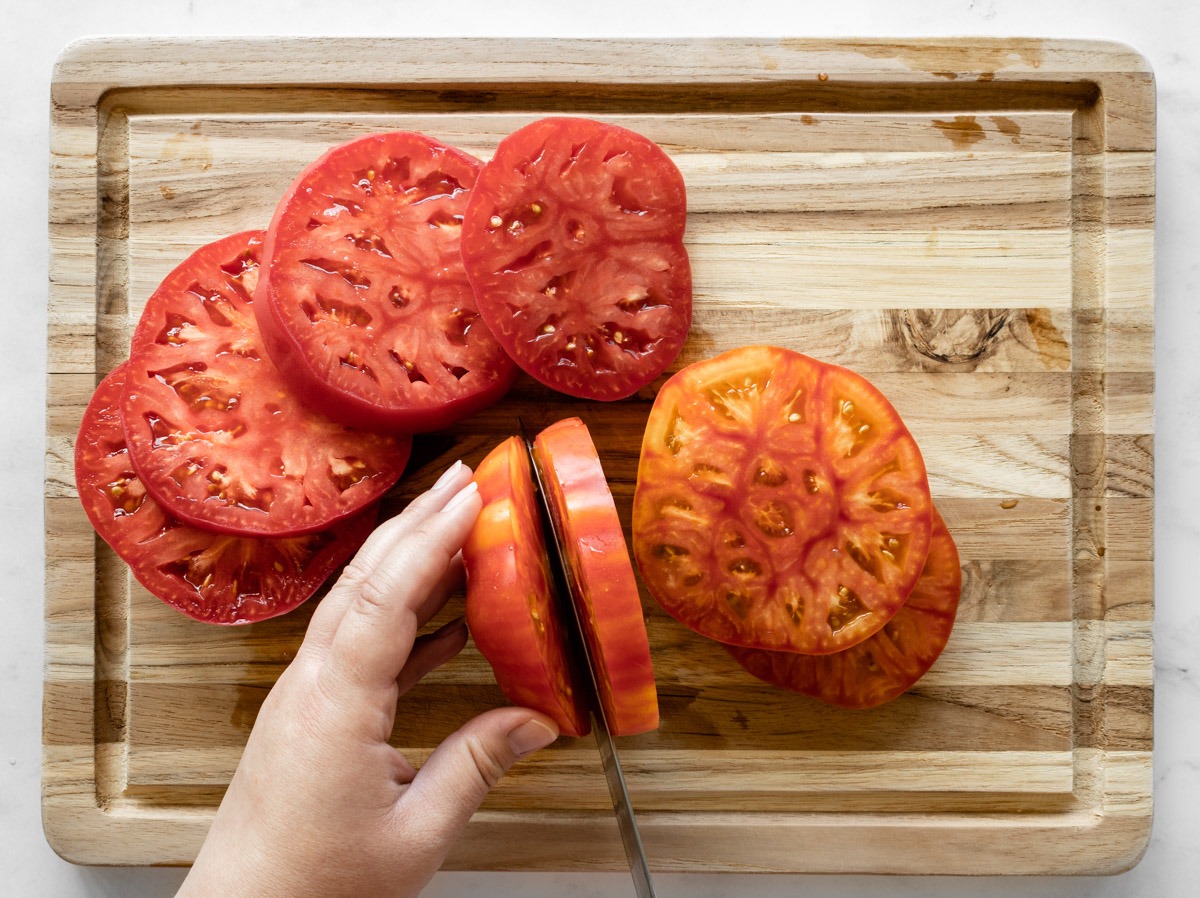How To Cut Bone-In Ribeye Steak After Cooking
So you’ve just finished cooking a delicious bone-in ribeye steak, and now comes the moment of truth – how do you cut it properly to get the perfect slices? Don’t worry, we’ve got you covered. In this guide, we’ll walk you through the steps to ensure you slice your steak like a pro.
Equipment You’ll Need
Before you get started, make sure you have the right tools:
- Sharp Knife: A sharp chef’s knife or steak knife will make all the difference in achieving clean cuts and preserving the juiciness of your steak.
- Cutting Board: Choose a sturdy and spacious cutting board to give you ample space to work with.
- Tongs: Use tongs to hold the steak in place as you cut.
Step-by-Step Guide
Step 1: Resting
Before you start cutting into your cooked ribeye steak, allow it to rest for about 5-10 minutes. This resting period allows the meat to reabsorb its juices, resulting in a more tender and flavorful steak.
Step 2: Remove the Bone (Optional)
If you prefer boneless slices, you can choose to remove the bone before slicing. Use a sharp knife to carefully cut alongside the bone, separating the meat from the bone. Remember to save the bone for later if you enjoy gnawing on its savory goodness.
Step 3: Determine the Grain
Identifying the grain of the ribeye is an essential step in achieving tender and easy-to-chew slices. The grain refers to the direction of the muscle fibers running through the meat. Look closely at the lines that run across the steak and take note of their direction.
Step 4: Slice Against the Grain
To ensure maximum tenderness, it’s crucial to cut against the grain. Cutting against the grain means slicing perpendicular to the direction of the muscle fibers. This technique helps to shorten the meat fibers, resulting in more tender and melt-in-your-mouth bites.
Step 5: Choose your Thickness
When it comes to the thickness of your steak slices, it ultimately boils down to personal preference. Some prefer thin slices, while others enjoy thick and juicy cuts. Whatever your preference, make sure to maintain consistency in the thickness to ensure even cooking and a harmonious dining experience.
Step 6: Plate and Serve
Now that you’ve skillfully sliced your bone-in ribeye steak, it’s time to plate and serve. Arrange the slices neatly on a serving platter or individual plates. Consider adding a sprinkle of salt, a pat of butter, or a drizzle of steak sauce for an extra burst of flavor.
Cutting a bone-in ribeye steak after cooking may seem intimidating at first, but with a little practice and the right technique, you’ll be able to serve up perfect slices every time. Remember to invest in quality tools, rest your steak, identify the grain, and slice against it for the best possible results. So go ahead, enjoy your beautifully cooked ribeye steak!
For anyone looking to master the art of slicing a bone-in ribeye after cooking, there are several delicious recipes that can put this skill to good use. The Bone-In Ribeye with Béarnaise Sauce is a classic choice, enhancing the steak's rich flavors with a creamy, tangy sauce. If you're in the mood for something bold, the Bone-In Ribeye with Peppercorn Sauce offers a peppery kick that complements the meat perfectly. For a touch of sweetness, the Bone-In Ribeye with Balsamic Glaze and Caramelized Onions is a delightful combination that brings out the umami notes of the steak. If grilling is your preferred method, try the Grilled Bone-In Ribeye with Chimichurri Sauce, where the zesty chimichurri cuts through the steak's richness beautifully. Lastly, the Bone-In Ribeye with Red Wine Reduction is an elegant dish that pairs the meat with a sophisticated, velvety sauce. Each of these recipes highlights different aspects of the bone-in ribeye, making them excellent choices to test and refine your cutting technique.
Was this page helpful?
Read Next: How To Cut Grape Tomatoes
